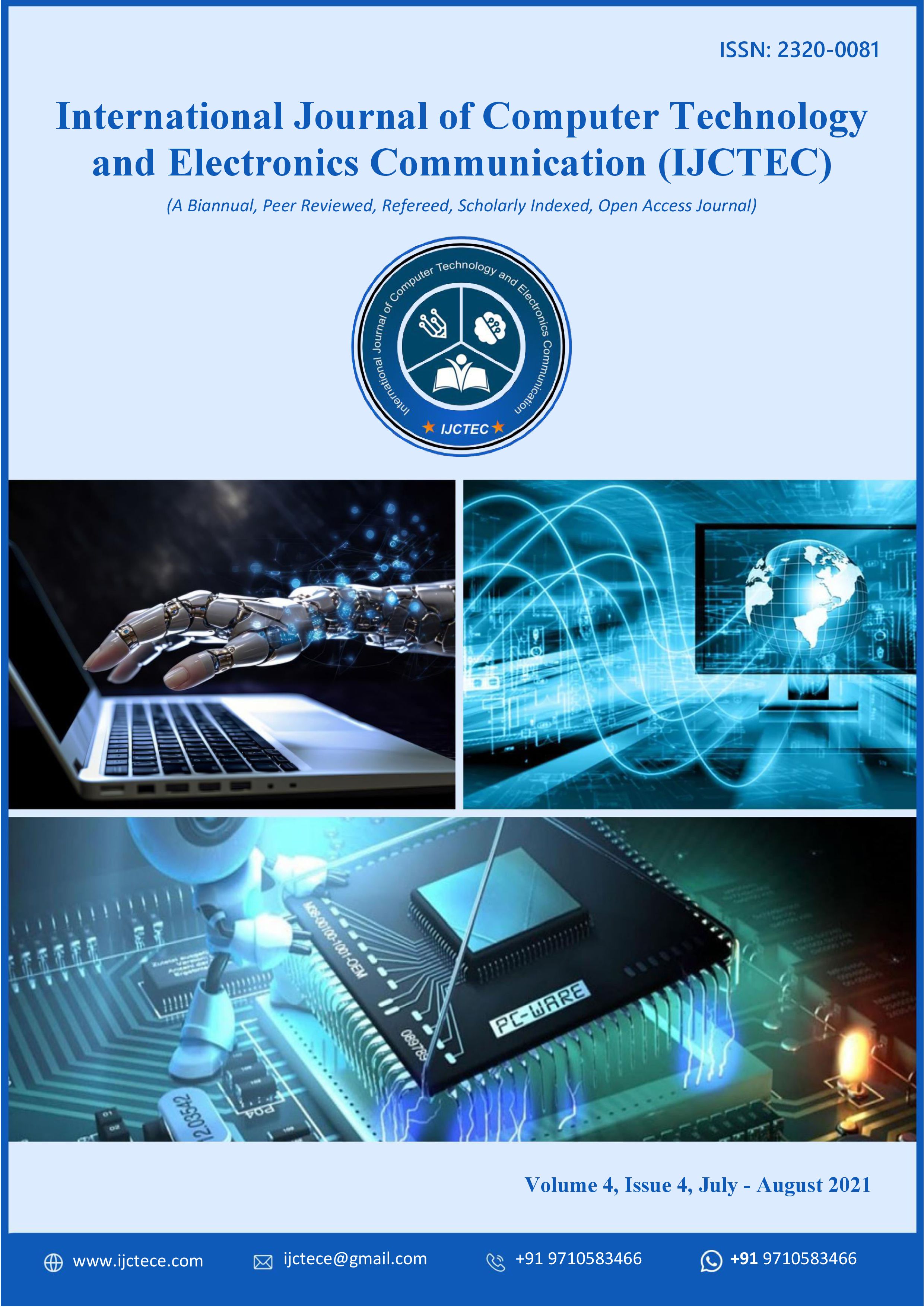Cognitive Cloud Computing and Ethical AI Integration: Leveraging Spin–Orbit Coupling and NLP for Responsible Software Innovation
DOI:
https://doi.org/10.15680/IJCTECE.2021.0404005Keywords:
Cognitive Cloud Computing, Ethical Artificial Intelligence, Spin–Orbit Coupling, Natural Language Processing (NLP), Responsible Software Innovation, Quantum-Inspired Computing, Explainable AI (XAI), AI Ethics, Intelligent Cloud Orchestration, Responsible AI Frameworks, Quantum-Aware SystemsAbstract
The rapid evolution of cognitive cloud computing and artificial intelligence (AI) has transformed software development into an intelligent, adaptive, and data-driven discipline. However, as computational complexity and automation deepen, ensuring ethical governance and quantum-level awareness in AI systems becomes essential. This paper introduces a novel Ethical AI integration framework that leverages spin–orbit coupling (SOC) principles and Natural Language Processing (NLP) to enable responsible, transparent, and high-performance software innovation in cloud environments.
The proposed framework models SOC-inspired data entanglement mechanisms to improve the contextual learning and interpretability of AI-driven decision-making within cloud infrastructures. By embedding NLP-based ethical reasoning modules, the system autonomously detects bias, ensures fairness in machine learning workflows, and enhances human-AI collaboration through explainable outputs. Furthermore, the integration of cognitive cloud services supports self-adaptive orchestration, allowing software components to dynamically optimize resource allocation, data routing, and security protocols based on ethical and operational parameters.
A prototype implementation demonstrates the framework’s ability to reduce algorithmic bias, improve semantic transparency, and enhance computational efficiency while maintaining alignment with ethical AI principles. This interdisciplinary approach bridges quantum-inspired modeling, AI ethics, and cloud-native software engineering, contributing to the development of responsible AI ecosystems capable of sustainable innovation in digital infrastructure
References
1. Allen, C., & Wallach, W. (2009). Moral machines: Teaching robots right from wrong. Oxford University Press.
2. K. Anbazhagan, R. Sugumar (2016). A Proficient Two Level Security Contrivances for Storing Data in Cloud. Indian Journal of Science and Technology 9 (48):1-5.
3. Amuda, K. K., Kumbum, P. K., Adari, V. K., Chunduru, V. K., & Gonepally, S. (2020). Applying design methodology to software development using WPM method. Journal ofComputer Science Applications and Information Technology, 5(1), 1-8.
4. Brynjolfsson, E., & McAfee, A. (2014). The second machine age: Work, progress, and prosperity in a time of brilliant technologies. W. W. Norton & Company.
5. Kadar, Mohamed Abdul. "MEDAI-GUARD: An Intelligent Software Engineering Framework for Real-time Patient Monitoring Systems." (2019).
6. Floridi, L., & Cowls, J. (2019). A unified framework of five principles for AI in society. Harvard Data Science Review, 1(1), 1–15. https://doi.org/10.1162/99608f92.8cd550d1.
7. Anand, L., Krishnan, M. M., Senthil Kumar, K. U., & Jeeva, S. (2020, October). AI multi agent shopping cart system based web development. In AIP Conference Proceedings (Vol. 2282, No. 1, p. 020041). AIP Publishing LLC.
8. Cherukuri, B. R. (2020). Ethical AI in cloud: Mitigating risks in machine learning models.
9. Marr, B. (2018). Artificial intelligence in practice: How 50 successful companies used AI and machine learning to solve problems. Wiley.
10. McCarthy, J., Minsky, M. L., Rochester, N., & Shannon, C. E. (2006). A proposal for the Dartmouth summer research project on artificial intelligence (1955). AI Magazine, 27(4), 12–14.
11. Anand, L., & Neelanarayanan, V. (2019). Feature Selection for Liver Disease using Particle Swarm Optimization Algorithm. International Journal of Recent Technology and Engineering (IJRTE), 8(3), 6434-6439.
12. Alwar Rengarajan, Rajendran Sugumar (2016). Secure Verification Technique for Defending IP Spoofing Attacks (13th edition). International Arab Journal of Information Technology 13 (2):302-309.
13. Salehi, M., & Goudarzi, M. (2016). Resource-aware cloud computing: Techniques and challenges. Computers & Electrical Engineering, 51, 151–166.https://doi.org/10.1016/j.compeleceng.2015.10.015
14. Winkler, F., & Rashba, E. I. (2003). Spin–orbit coupling effects in two-dimensional electron and hole systems. Reports on Progress in Physics, 67(6), 1033–1088.https://doi.org/10.1088/0034-4885/67/6/R01
15. Srinivas Chippagiri, Savan Kumar, Sumit Kumar, Scalable Task Scheduling in Cloud Computing Environments Using Swarm Intelligence-Based Optimization Algorithms‖, Journal of Artificial Intelligence and Big Data (jaibd), 1(1),1-10,2016.
16. Kumbum, P. K., Adari, V. K., Chunduru, V. K., Gonepally, S., & Amuda, K. K. (2020). Artificial intelligence using TOPSIS method. International Journal of Research Publications in Engineering, Technology and Management (IJRPETM), 3(6), 4305-4311.
17. Vengathattil, S. (2019). Ethical Artificial Intelligence - Does it exist? International Journal for Multidisciplinary Research, 1(3). https://doi.org/10.36948/ijfmr.2019.v01i03.37443
18. Azmi, S. K. (2021). Spin-Orbit Coupling in Hardware-Based Data Obfuscation for Tamper-Proof Cyber Data Vaults. Well Testing Journal, 30(1), 140-154.
19. Zhang, Q., Cheng, L., & Boutaba, R. (2010). Cloud computing: State-of-the-art and research challenges. Journal of Internet Services and Applications, 1(1), 7–18.https://doi.org/10.1007/s13174-010-0007-6


